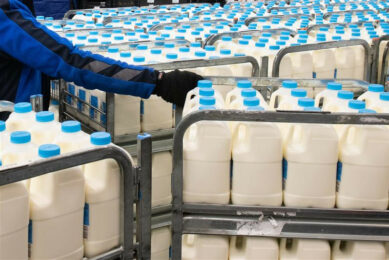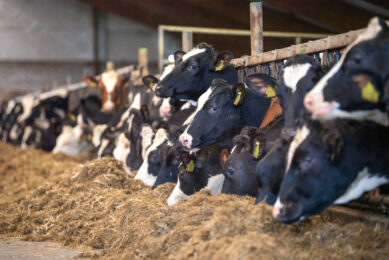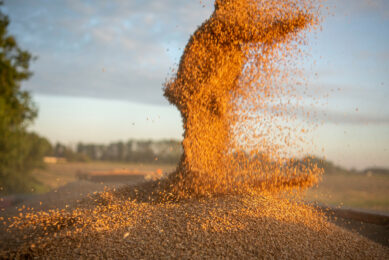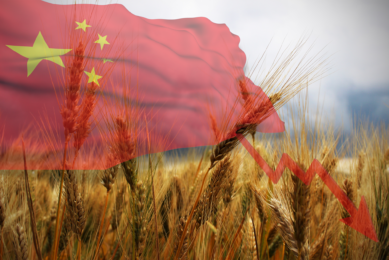Global dairy market: A slower price recovery
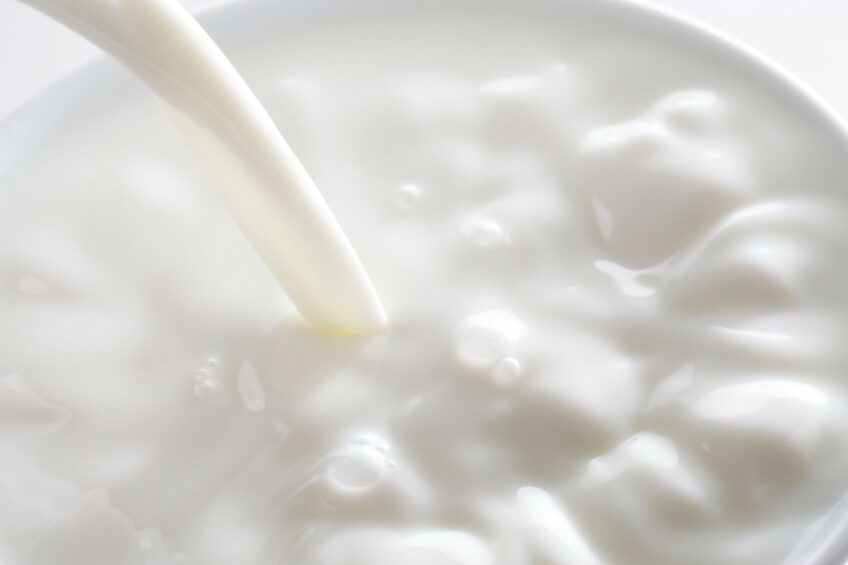
The global dairy market may experience a slower price recovery than previously anticipated, particularly as China shows a reduced need for dairy imports, Rabobank says in its Q2 Global Dairy Report ‘Searching for Equilibrium’.
“But, despite this, the overall market outlook remains positive,” Rabobank emphasises. The report says the initial surge in global dairy prices seen in late 2023 and early 2024 was largely due to a period of importers’ restocking at lower prices rather than a robust uptick in consumer demand.
Weaker global demand
The recovery in global milk prices encountered some headwinds in Q2 2024, the bank says. Earlier expectations of gradual price increases throughout the year have been tempered by a combination of weaker global demand and increased domestic milk production in China, which has led to a reduction in imports. According to Rabobank, these factors suggest global dairy prices may encounter further obstacles on the path to recovery.
Report co-author, senior dairy analyst Michael Harvey, says that while China has seen an upward revision in its milk production forecast for 2024, other key dairy-producing regions are not faring as well. “Milk production from the main global export regions will expand only modestly in Q3 before gaining some momentum towards the end of the year,” he expects.
Dairy prices rose a further 3.3% to US$3861 per tonne in the GDT auction on 22 May. The global dairy auction was very strong with gains across the board. The latest gain in the GDT price index marked the 10th increase out of the last 12 auctions.
According to a Westpac NZ dairy update, Chinese buyers returned this time after pulling back in the early May auction. Overall prices are now 10% or so above their long-term averages. “We can certainly see upside risk building to our milk price forecast of NZ$8.40 (US$5.14) per kg for the 2024/25 season”, Chief economist of Westpac NZ, Kelly Eckhold, says.
Both skim milk powder and anhydrous milk fat grew by 3.5% to US$2,629 and US$7,365 per tonne, respectively. Butter increased 5.1% from US$6,549 to US$6,931. Whole milk powder now sits at US$3,408 after rising by 2.9%, while cheddar remains unchanged from the previous auction at US$4,239.
In its Agri Commodity Markets Research of May 2024, Rabobank says that – according to the USDA – US April milk production fell 0.4% versus the year prior, marking the 10th consecutive month of weaker year-on-year (YOY) output.
Initially reported to be down 1%, April volume was revised higher to show a 0.7% decline. Aligned with the recent trend, fewer cows than in the prior year drove the weakness, regardless of greater yield. The April herd, at 9.34 million head, is down 74,000 head compared to the prior year. “As a result, we expect milk production to remain lower year-on-year in the near term,” Rabobank says.
The US consumer price index (CPI) for dairy and related products decreased by 1.3% year-on-year in April. This marks the 8th month in a row of US dairy deflation. Dairy deflation is anticipated to persist, as further dairy CPI weakness against firm prior year values is expected in Q2 2024.
While California, the largest milk-producing state in the US, had 9,000 fewer cows compared to the year prior, stronger milk per cow drove output higher by 0.2% YOY, for the second consecutive month of growth. Wisconsin and South Dakota reported gains of 2.5% and 12.3% YOY, respectively, while production remained unchanged in New York and down 0.1% YOY in Idaho.
The preliminary EU average farmgate milk price fell 0.2% month-on-month in April to €46.31 per 100 kg. Given anticipated stable to incremental gains, higher fat and protein content, and by including premiums, Rabobank believes farmgate milk prices reaching near €50 per 100 kg is possible. Rabobank maintains its forecast that the 2024 EU farmgate base milk prices will average near €47.5 per 100 kg.
Join 13,000+ subscribers
Subscribe to our newsletter to stay updated about all the need-to-know content in the dairy sector, two times a week.



